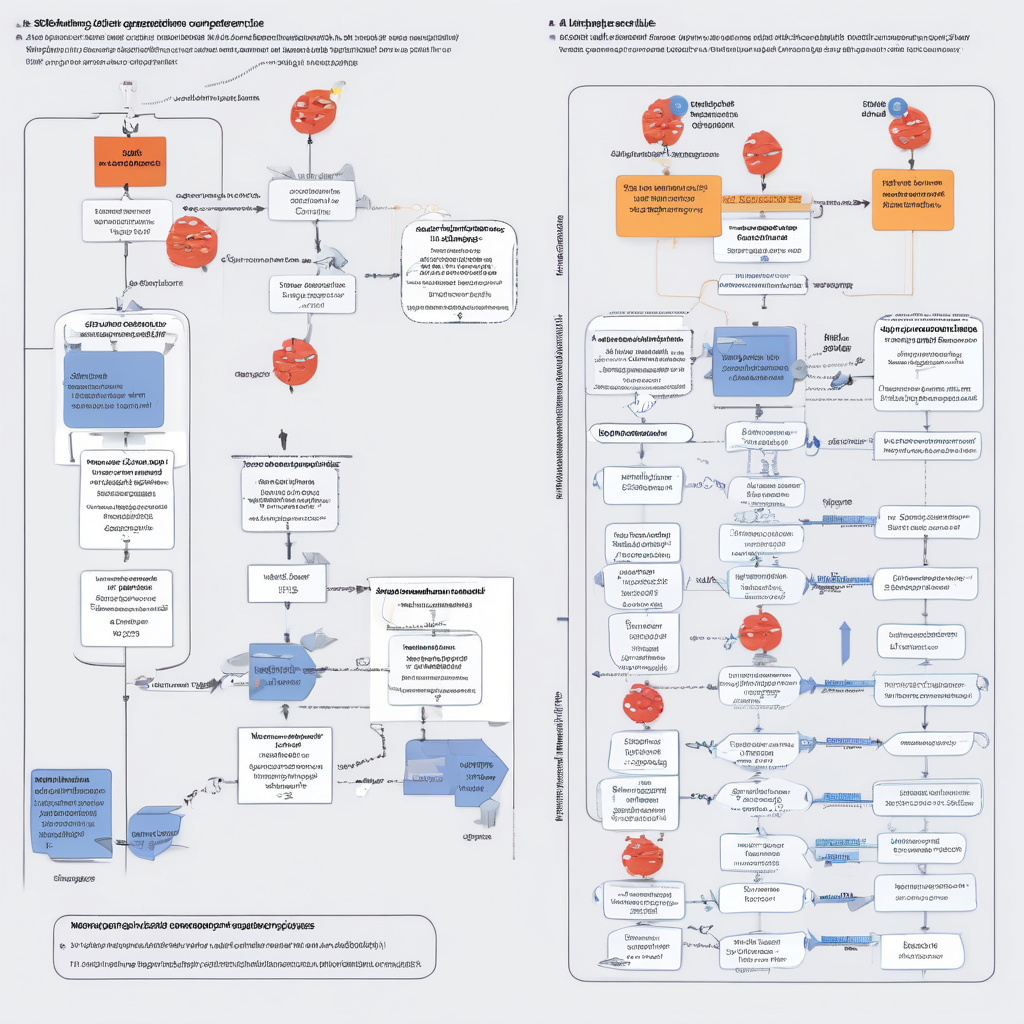In the dynamic landscape of software development, integrating artificial intelligence (AI) and machine learning (ML) technologies into the software development life cycle (SDLC) has become a game-changer. Let’s delve into a comparison of SDLC with and without AI/ML integration to understand the transformative impact on development processes.
Traditional SDLC vs. AI/ML-Integrated SDLC: A Paradigm Shift
In the traditional SDLC approach, each phase from conception to maintenance involves manual intervention, leading to time-consuming processes and potential human errors. On the other hand, AI and ML integration revolutionizes the SDLC by automating repetitive tasks, enhancing predictive analytics, and fostering intelligent systems that adapt to evolving requirements.
Conception and Planning Stage:
In a conventional SDLC, project planning relies heavily on human expertise and historical data analysis, which may not always capture real-time insights effectively. With AI/ML integration, organizations can leverage predictive analytics to forecast project timelines, resource requirements, and potential risks more accurately. By analyzing vast datasets, AI algorithms can provide valuable insights for informed decision-making, leading to optimized project planning.
Development and Testing Phase:
During development and testing, traditional SDLC practices involve manual coding, testing, and debugging processes, which are prone to errors and inefficiencies. AI/ML tools can streamline code generation, automate testing procedures, and identify bugs proactively. By utilizing AI-powered testing frameworks, developers can enhance code quality, accelerate development cycles, and ensure robust software solutions.
Deployment and Maintenance Stage:
In the deployment and maintenance phase, conventional SDLC approaches may struggle with monitoring system performance, detecting anomalies, and addressing issues promptly. AI/ML integration enables proactive monitoring, predictive maintenance, and self-healing capabilities in software systems. By leveraging AI algorithms for real-time analytics, organizations can enhance system reliability, minimize downtime, and optimize maintenance efforts.
Challenges and Opportunities:
Despite the myriad benefits of AI/ML integration in the SDLC, organizations may encounter challenges such as data privacy concerns, skill gaps in AI adoption, and the need for continuous validation of AI models. To maximize the potential of AI/ML technologies, businesses must invest in robust data governance practices, upskill their workforce in AI proficiency, and establish mechanisms for ongoing evaluation and refinement of AI-driven solutions.
In Conclusion:
The evolution of SDLC with AI/ML integration signifies a paradigm shift towards intelligent, data-driven software development practices. By harnessing the power of AI algorithms and ML technologies across all SDLC stages, organizations can achieve greater efficiency, agility, and innovation in their software development initiatives. Embracing AI/ML integration is not just a technological advancement but a strategic imperative for businesses looking to stay competitive in today’s digital landscape.

